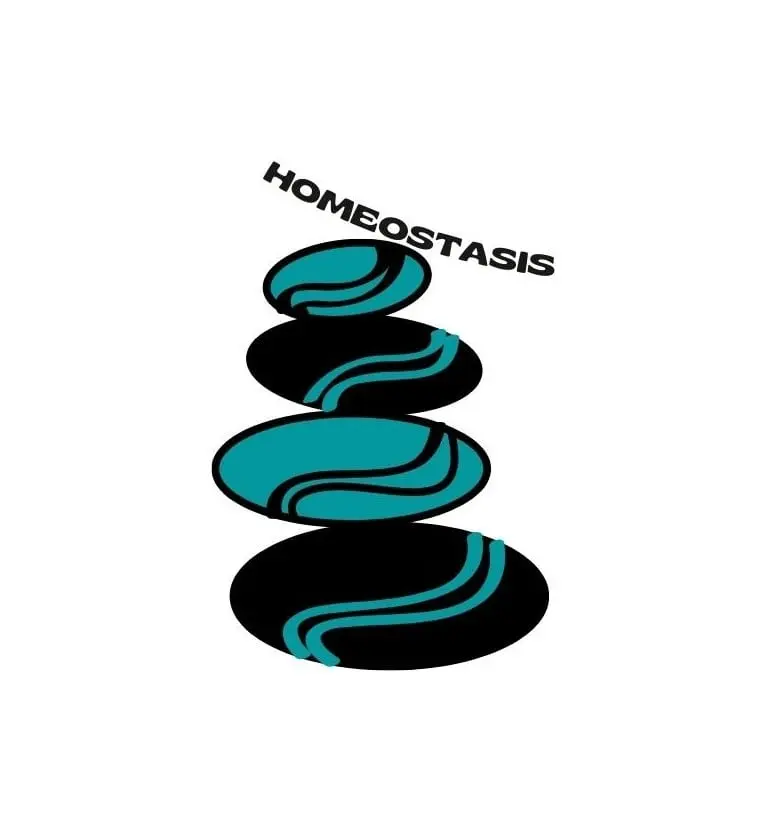
Table of Contents
ToggleWhat is the word meaning of homeostasis?
- Homeo = sameness
- Stasis = standing still
What is homeostasis?
Homeostasis is the ability of our body to maintain a constant dynamic equilibrium of the internal environment.
What is dynamic equilibrium?
Dynamic means a process or a system that is constantly changing, active or in process.
Equilibrium means a state of physical or chemical balance.
So, dynamic equilibrium is a state of balance between continuing processes.
Understanding homeostasis
We know that being a multicellular organism, our body cells can not survive on their own as they depend on one another.
Considering the sensitivity of cells, how can our body tolerate the wide variety of challenging environmental conditions?
How can we live in extreme hot or cold climates?
How can we live at sea level where oxygen is plentiful?
How can we live in the mountains with the lower concentration of oxygen in the air?
We can live in the dryness of desert or in the extreme humidity of a rain forest.
If we drink too much water, why don’t we swell like a balloon? Or we do not shrink like raisins if we drink very little.
We eat, we sweat, drink, dance, eat some more, have salty fries, have fatty foods, yet our bodily composition remains almost same.
Our body has all sorts of regulatory mechanisms that work to keep internal environment constant in spite of changes in the external environment.
Examples of homeostasis
Our body composition, temperature and volume of extra cellular fluids (ECF) do not alter significantly under normal conditions (small fluctuations happen but they are considered normal).
- Our normal body temperature near 37°C or 98.6°F is maintained.
- Concentrations of O₂, CO₂, sodium, potassium, calcium, glucose etc. are kept relatively steady in blood.
Why our body has homeostatic mechanisms?
This is because our body continuously faces potentially troublesome changes from external environment or from within the body itself.
e.g., you get exposed to hot climate or you start exercising and your body temperature rises.
What organs and systems help to maintain homeostasis?
Each structure in our body from cells to the systems contribute in some or other way to keep the internal environment in a state of equilibrium (except reproductive system which works to maintain the species, not an individual).
Control of homeostasis
Homeostasis is continually being disturbed.
In most cases these disturbances are mild and temporary but the response of our body cells quickly restores the balance in the internal environment of our body.
But sometimes, the disturbances may be intense and prolonged.
e.g., poisoning, major surgery, overexposure to temperature extremes, severe infections etc.
When any factor (internal/external) begins to change the internal environment away from its optimum conditions, our body systems start an appropriate counter-reactions to minimize the changes.
Example
When a person gets exposed to a cold environmental temperature (external factor)
↓
His body temperature starts to fall
↓
The control system in brain → Initiates compensatory measures like shivering to raise his body temperature to normal
By contrast,
Imagine this person starts exercising
↓
His active muscles will produce extra heat (internal factor)
↓
His body temperature starts to increase
↓
The control system in brain → brings about sweating and other compensatory measures to reduce body temperature back to normal.
So, homeostasis is not a fixed or rigid state but it is a dynamic state.
What factors in our body are regulated homeostatically?
- Concentration of nutrients
- Concentration of O₂ and CO₂
- Concentration of water wastes
- pH changes
- Concentration of salts and electrolytes
- Blood volume and pressure
- Temperature
Feedback system
Feedback system/ feedback loop is a cycle of events in which our body’s internal condition is monitored, evaluated, modified, re-monitored, re-evaluated and so on.
Any factor internal or outer that can change the controlled condition of our body is called a STIMULUS.
There are three components of a feedback system
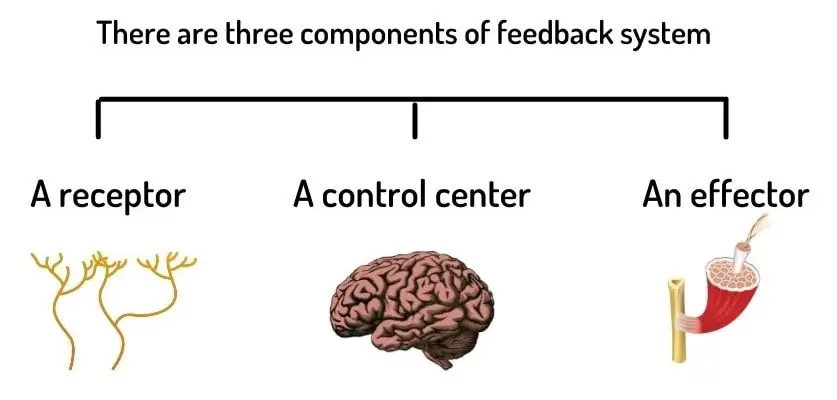
1. A RECEPTOR
- Is a body’s structure that monitors changes in a controlled condition.
- Sends nerve impulse or chemical signals to control center.
Note: As information flows towards control center, this pathway is called Afferent pathway (afferent = toward; ferrent = carried).
2. A CONTROL CENTER (for example – brain)
- Receives input from receptors.
- Evaluates the imputed
- Generates output commands in the form of nerve impulse or hormones or other chemical signals.
Note: As information flows away from the control center it is called efferent pathway (ef = away from).
3. AN EFFECTOR
- Is a body’s structure that receives outputs from control center.
- Then it produces a response or effect that can alter the controlled condition.
So, a group of receptors and effectors communicating each other via control center forms a feedback system to regulate a constant stable state of internal environment.
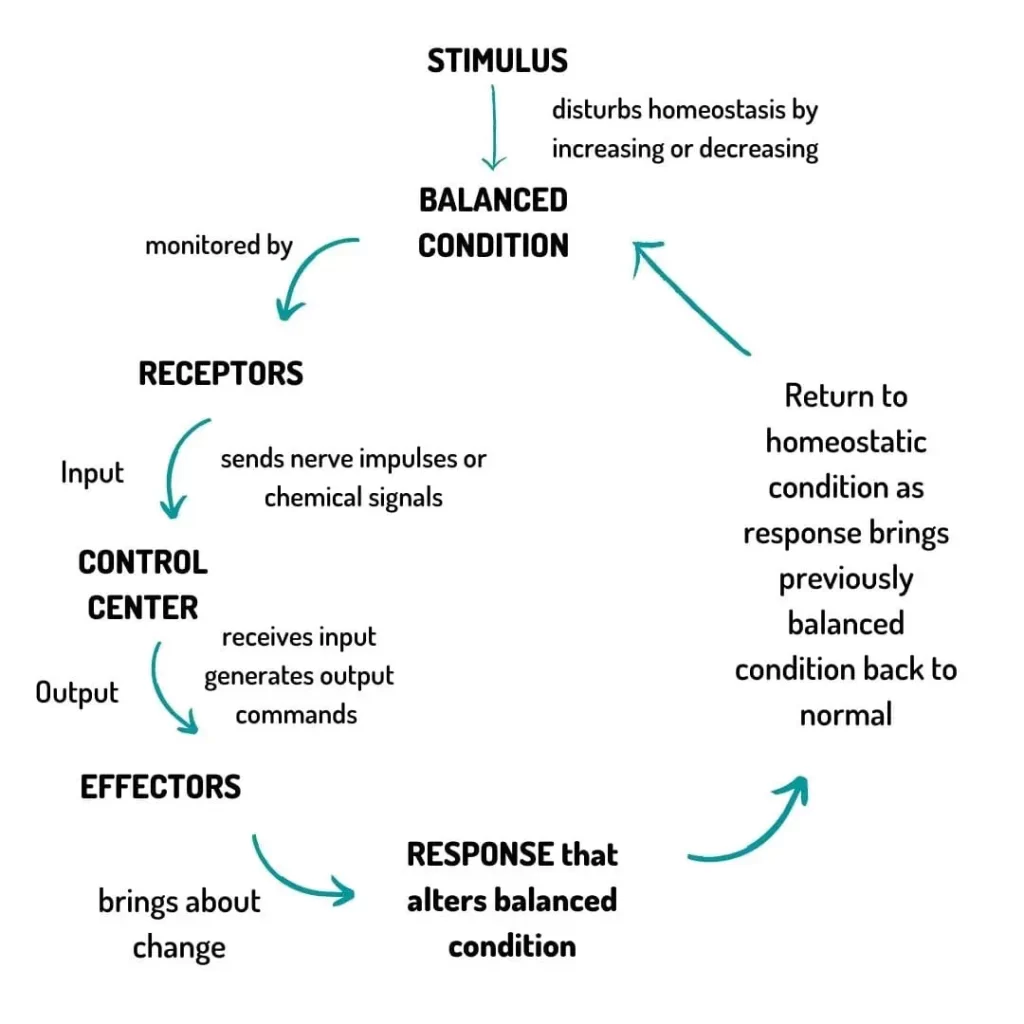
In feedback system, response to alter the controlled condition happens in two ways either by negating or enhancing it.
- By negating: NEGATIVE FEEDBACK SYSTEM
- By enhancing: POSITIVE FEEDBACK SYSTEM
NEGATIVE FEEDBACK SYSTEM
Output reduces the original effect of stimulus.
Example: Blood pressure (BP) is the force exerted by blood against vessel wall.
When heart beats faster or harder, BP raises.
If some stimulus (external or internal) causes rise in BP, the following sequence of events occurs.

The response of effector causes decrease in blood pressure.
A result that negates the effect of original stimulus (raise in Blood pressure).
This is how it is called negative feedback system.
POSITIVE FEEDBACK SYSTEM
Output enhances the original effect of stimulus.
Example: Think of normal child birth (labor)
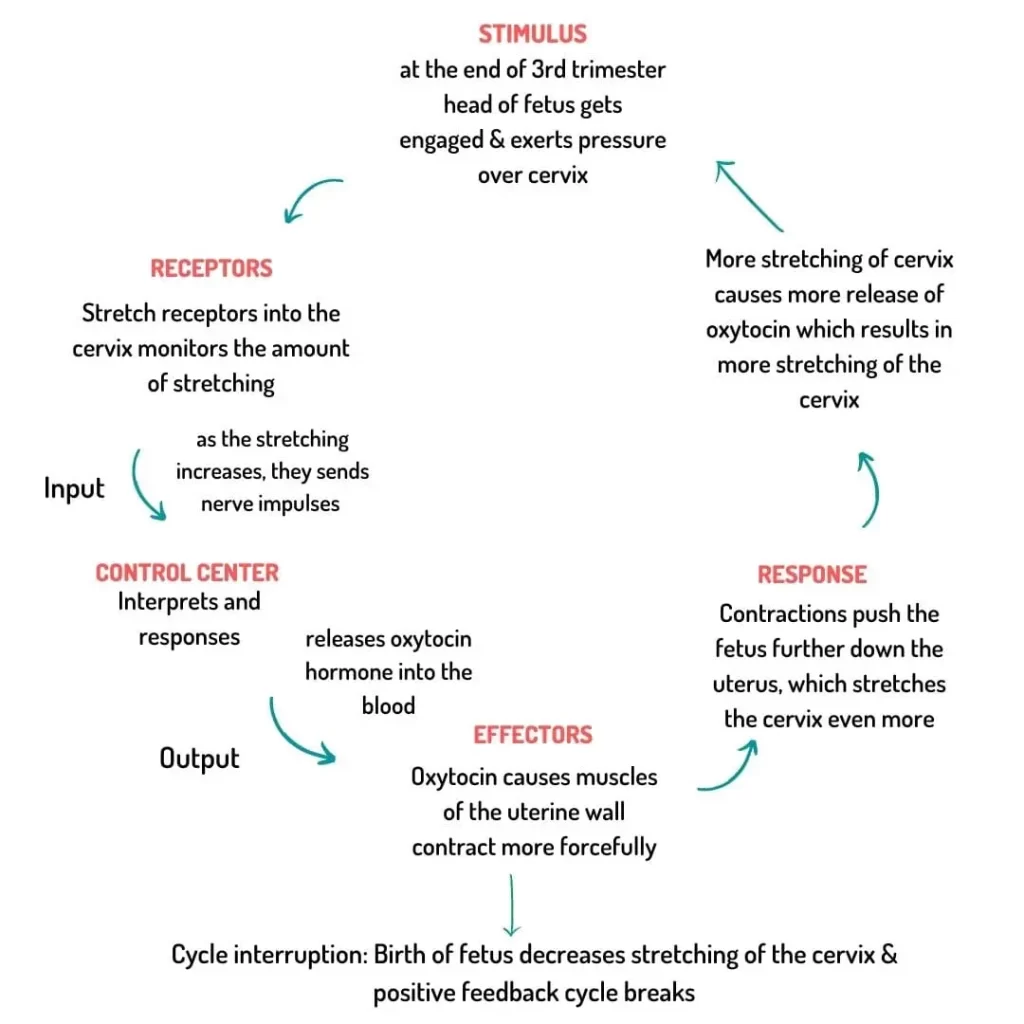
HOMEOSTATIC IMBALANCE
Our body’s ability to maintain homeostasis provides it great healing power and remarkable protection to harmful factors.
Many factors are involved that can influence homeostatic balance in our body.
- Internal factors – genetic makeup.
- External factors – the environment we live, the air we breathe, the food we eat, the thought we think, our habits and behavior.
The way we behave can either support or disturb our body’s ability to regulate homeostasis.
As long as our body’s stable condition is maintained within certain limits, the body stays healthy.
A moderate homeostatic imbalance can cause disease or disorder.
If it’s severe, it may get life threatening.

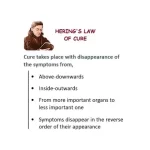











Leave a Reply